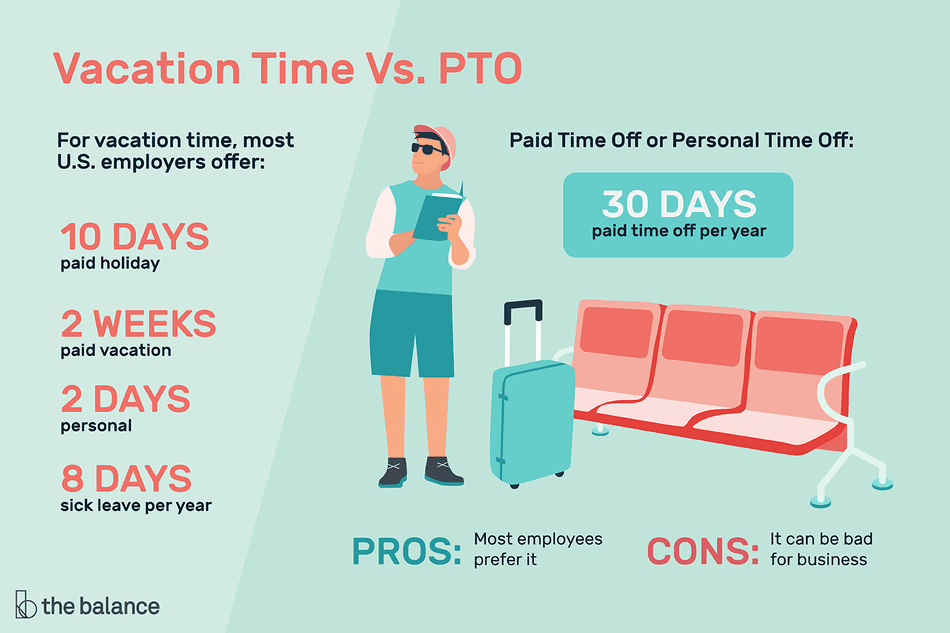Navigating The Future Of Paid Time Off: A Comprehensive Guide To 2025
Navigating the Future of Paid Time Off: A Comprehensive Guide to 2025
Related Articles: Navigating the Future of Paid Time Off: A Comprehensive Guide to 2025
Introduction
With great pleasure, we will explore the intriguing topic related to Navigating the Future of Paid Time Off: A Comprehensive Guide to 2025. Let’s weave interesting information and offer fresh perspectives to the readers.
Table of Content
Navigating the Future of Paid Time Off: A Comprehensive Guide to 2025
![]()
The landscape of employee benefits is constantly evolving, and paid time off (PTO) policies are no exception. As we approach 2025, understanding the trends and considerations surrounding PTO is crucial for both employers and employees. This comprehensive guide aims to provide insights into the future of PTO, highlighting key factors that will shape its role in the workplace.
Understanding the Evolving Landscape of Paid Time Off
The traditional model of separate vacation, sick, and personal days is increasingly becoming outdated. A growing number of companies are transitioning towards a more holistic approach, offering a combined PTO bank that grants employees flexibility in managing their time off. This trend is driven by several factors:
- Increased Employee Expectations: Modern employees prioritize work-life balance and seek employers that provide flexibility and support. A unified PTO system allows employees to utilize their time off for various purposes, fostering a sense of control and autonomy.
- Improved Productivity and Retention: Research indicates that employees who have access to sufficient and flexible PTO are more likely to be engaged, productive, and committed to their employers. This translates to reduced absenteeism, improved morale, and lower turnover rates.
- Legal Compliance: In certain jurisdictions, regulations require employers to provide specific minimum PTO allowances. A consolidated PTO policy simplifies compliance efforts and ensures consistency across the organization.
Key Trends Shaping PTO in 2025
Beyond the shift towards a unified PTO system, several other trends are shaping the future of PTO in 2025:
- Increased PTO Accrual Rates: Recognizing the value of employee well-being and the positive impact of time off, many organizations are increasing PTO accrual rates, allowing employees to take more time off without fear of falling behind.
- Unlimited PTO Policies: While still relatively uncommon, unlimited PTO policies are gaining traction, offering employees the freedom to take as much time off as they deem necessary, as long as their work responsibilities are met. This approach empowers employees and fosters a culture of trust and autonomy.
- Flexible Scheduling and Remote Work: The rise of remote work and flexible work arrangements is influencing PTO policies. Employees increasingly expect the ability to take time off in shorter increments, work remotely during vacation time, or adjust their schedules to accommodate personal commitments.
- Mental Health Focus: The growing awareness of mental health issues is leading to a shift in PTO policies. Employers are increasingly incorporating mental health days into their PTO offerings, allowing employees to prioritize their well-being without fear of judgment or negative consequences.
Benefits of a Well-Defined PTO Policy in 2025
A comprehensive and well-defined PTO policy offers numerous benefits for both employers and employees:
For Employers:
- Improved Employee Retention: A generous and flexible PTO policy is a key factor in attracting and retaining top talent. Employees who feel valued and supported are more likely to stay with their employers.
- Enhanced Productivity and Engagement: Employees who are able to recharge and take time for themselves are more likely to be engaged and productive when they return to work.
- Reduced Absenteeism: A well-defined PTO policy allows employees to take time off for legitimate reasons, reducing unscheduled absences and disruptions to workflow.
- Positive Company Culture: A strong PTO policy fosters a culture of trust and respect, promoting employee well-being and creating a positive work environment.
For Employees:
- Improved Work-Life Balance: A generous PTO policy allows employees to prioritize their personal lives and maintain a healthy work-life balance.
- Reduced Stress and Burnout: Taking time off to recharge and de-stress is essential for preventing burnout and maintaining mental well-being.
- Increased Job Satisfaction: Employees who feel valued and supported by their employers are more likely to be satisfied with their jobs.
- Opportunities for Personal Growth: Time off can be used for personal development, pursuing hobbies, or engaging in activities that contribute to overall well-being.
FAQs about PTO in 2025
Q: What are the legal requirements regarding PTO in 2025?
A: Specific PTO requirements vary by jurisdiction. It is crucial for employers to stay informed about the latest regulations in their region. Some jurisdictions may mandate minimum PTO allowances, while others may have specific rules regarding sick leave or family leave.
Q: How can employers ensure their PTO policies are equitable and inclusive?
A: It is essential to design PTO policies that are fair and equitable for all employees, regardless of their role, tenure, or personal circumstances. Employers should consider offering flexible PTO options, accommodating diverse needs, and ensuring transparent communication about policy guidelines.
Q: How can employees effectively manage their PTO?
A: Employees should plan their PTO strategically, considering their workload, project deadlines, and personal commitments. Effective communication with supervisors and colleagues is essential for ensuring smooth coverage and minimizing disruptions.
Q: What are some tips for maximizing the benefits of PTO?
A: To maximize the benefits of PTO, employees should:
- Plan and schedule time off in advance: This allows for effective work delegation and minimizes disruptions to ongoing projects.
- Disconnect from work completely: Taking a genuine break from work allows for proper rest and relaxation, enhancing the benefits of time off.
- Use PTO for activities that promote well-being: Engaging in activities that support physical, mental, and emotional health maximizes the positive impact of PTO.
- Return to work refreshed and re-energized: Taking time off can help employees return to work with renewed focus and motivation.
Conclusion
As we enter 2025, the importance of PTO is undeniable. It is no longer a mere perk; it is a critical component of employee well-being, productivity, and retention. By embracing the trends and considerations outlined in this guide, employers can create PTO policies that support their employees, foster a positive work environment, and contribute to the success of their organizations. Employees, in turn, can leverage PTO strategically to prioritize their well-being and achieve a healthy work-life balance.








Closure
Thus, we hope this article has provided valuable insights into Navigating the Future of Paid Time Off: A Comprehensive Guide to 2025. We appreciate your attention to our article. See you in our next article!
You may also like
Recent Posts
- National Holidays In Poland: 2025
- Navigating The March 2025 School Holidays In South Africa: A Comprehensive Guide
- Exploring The World In 2025: A Glimpse Into The Future Of Travel
- The Significance And Celebration Of New Year’s Day
- Navigating The Year: A Guide To National Holidays In 2025
- A Comprehensive Guide To March 2025 Holidays In Telangana
- An Exploration Of The African Safari Experience: November 2025
- Navigating March 2025 Holidays In Canada: A Comprehensive Guide
Leave a Reply